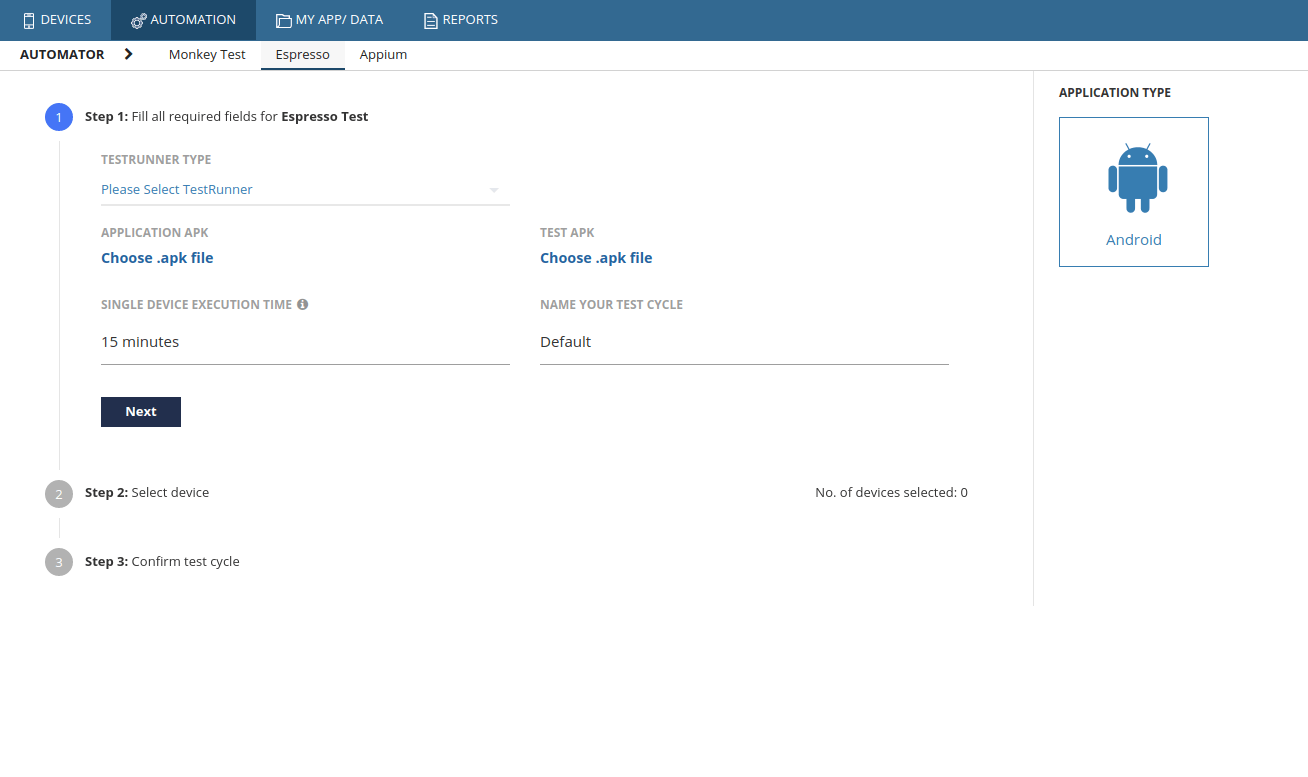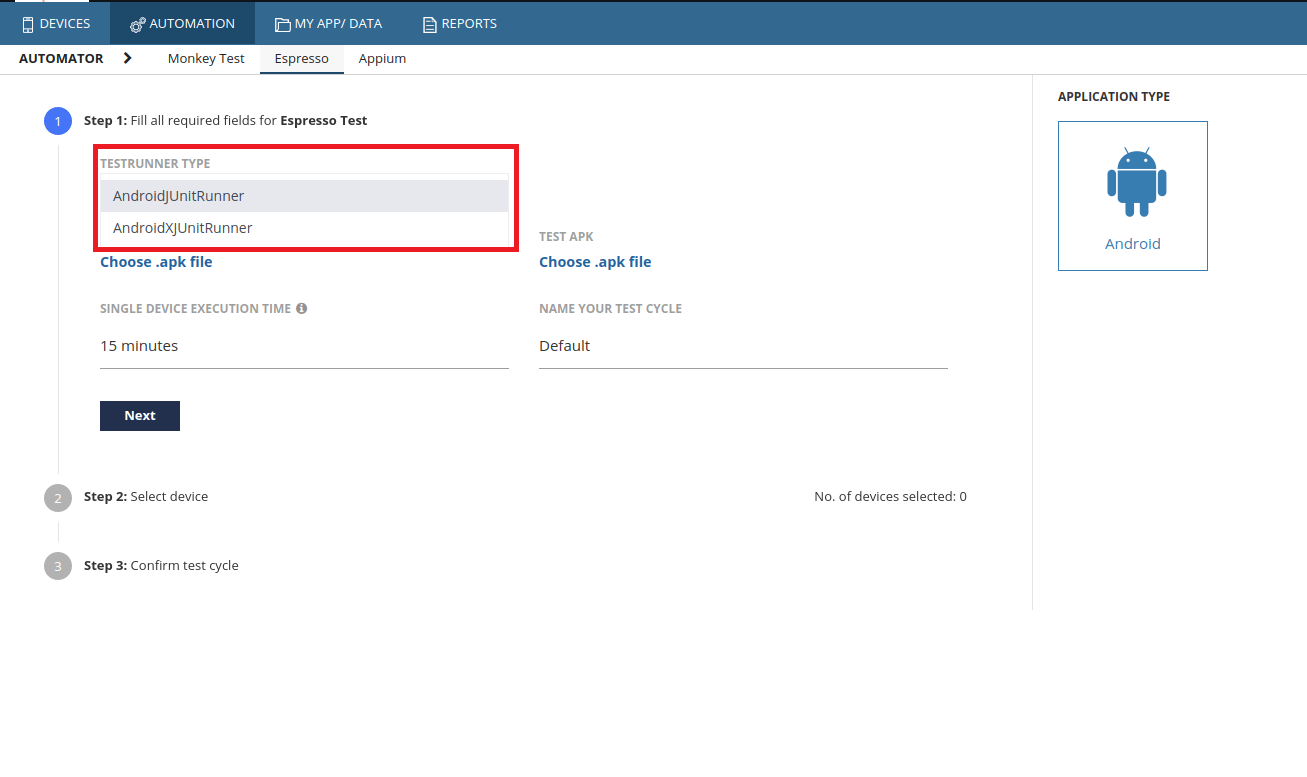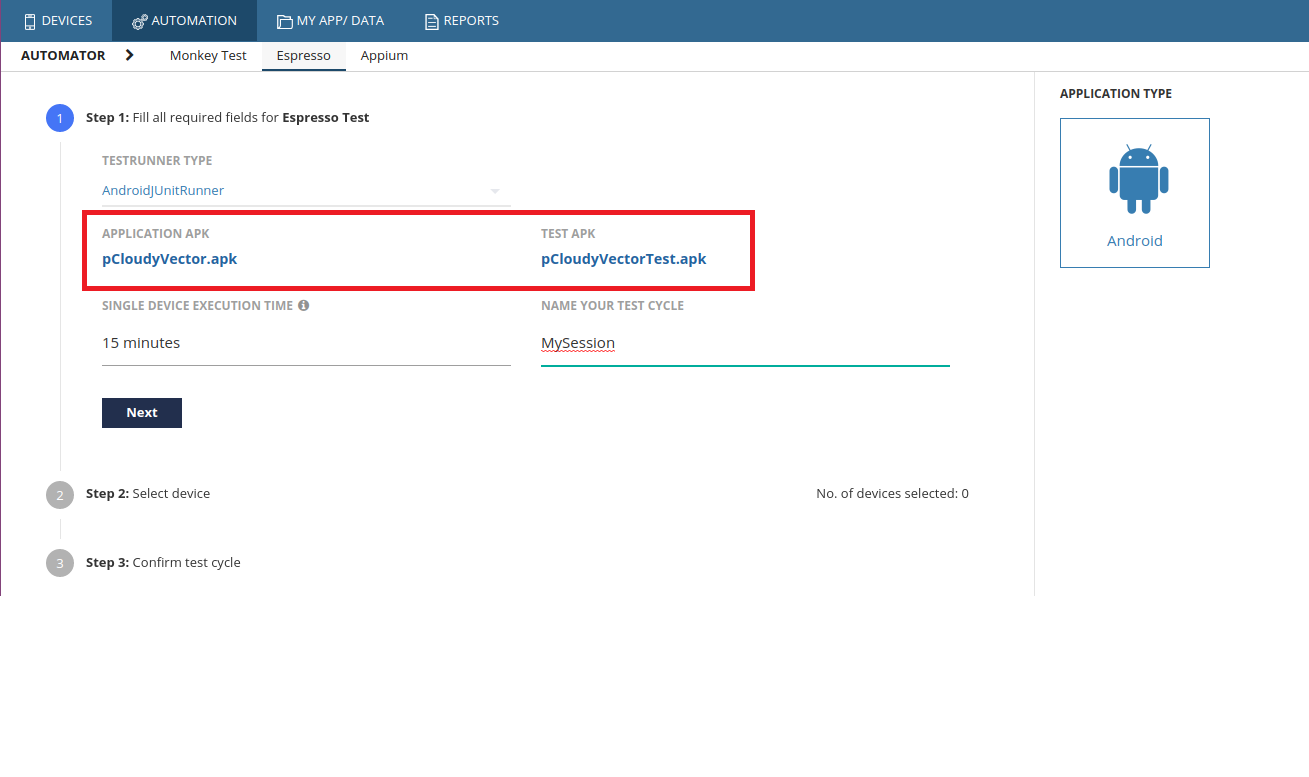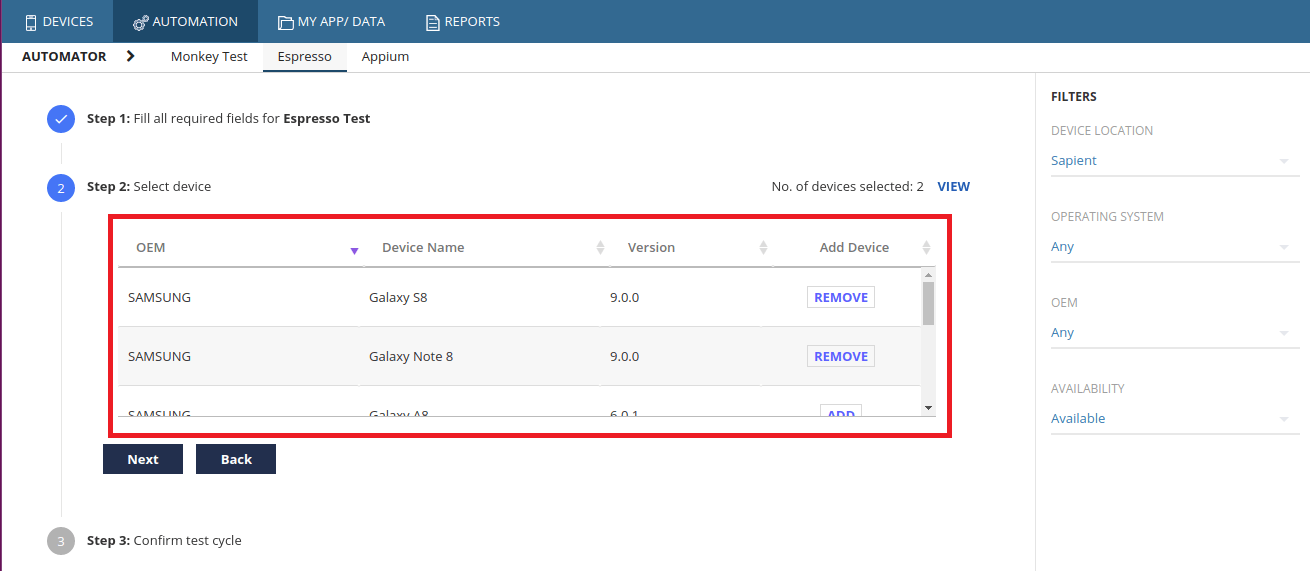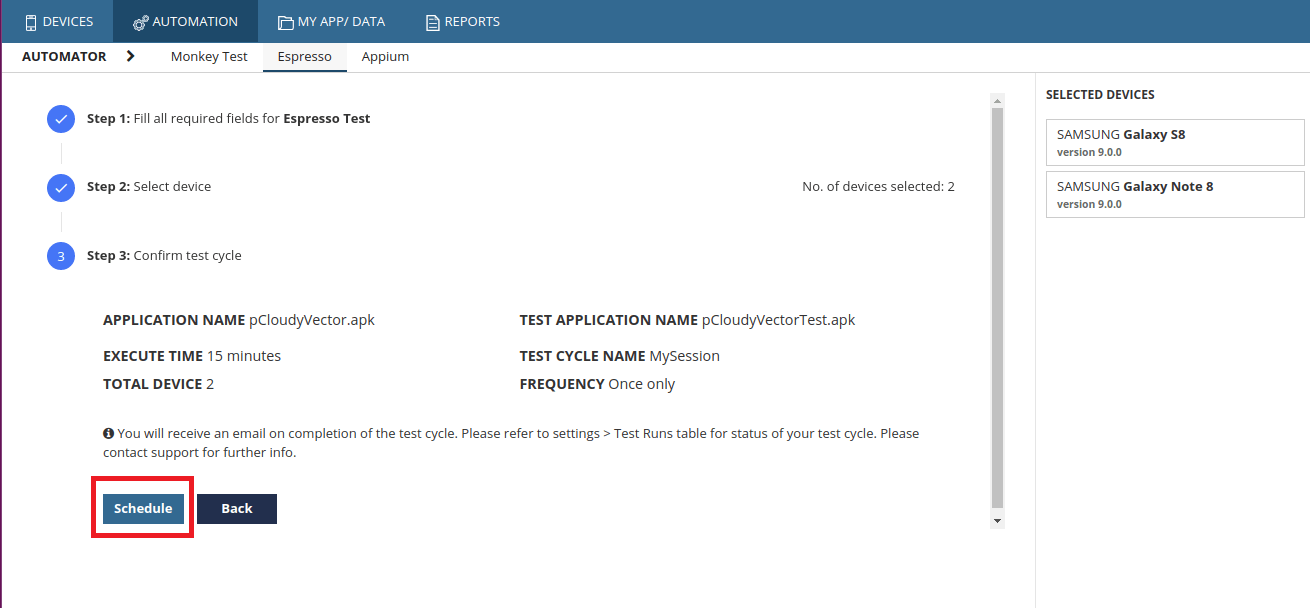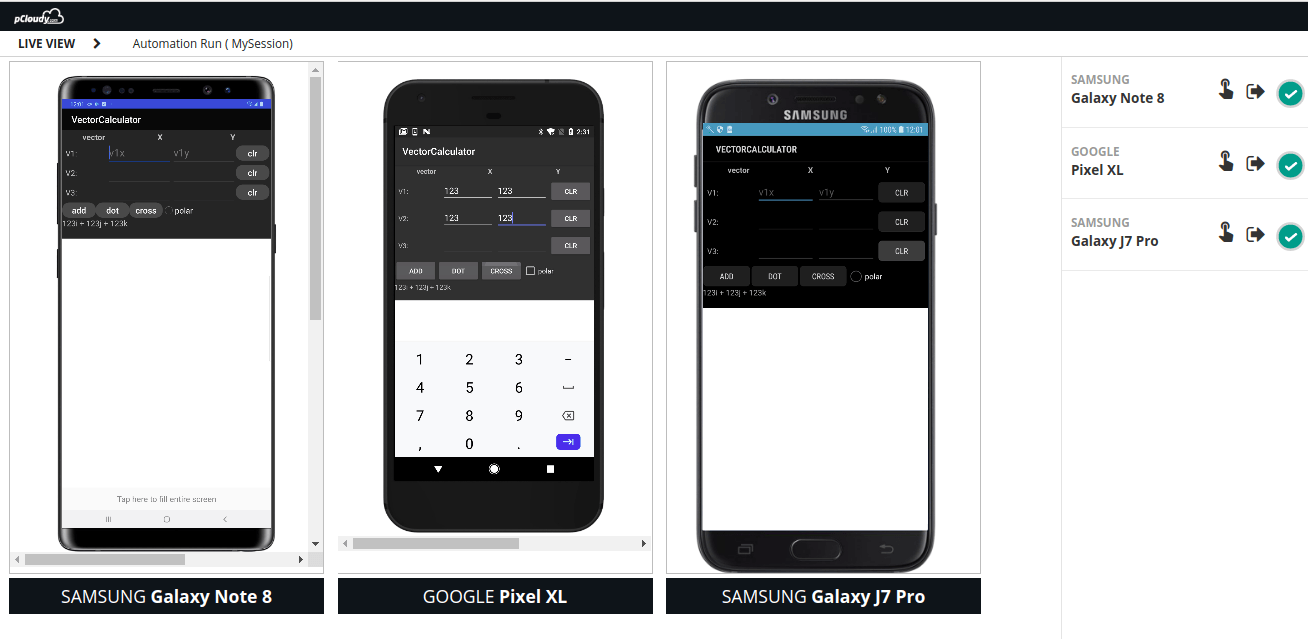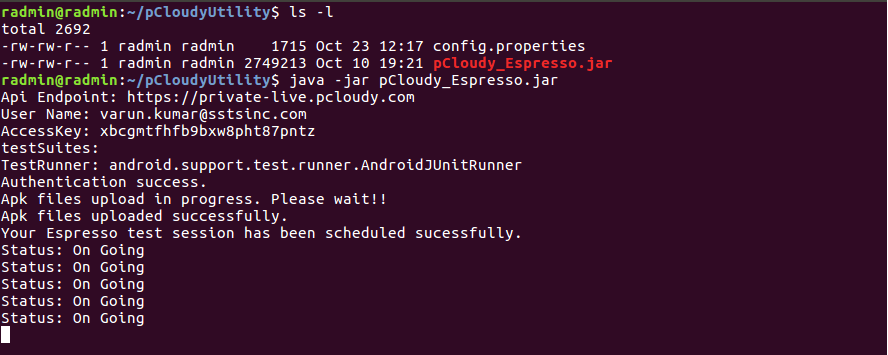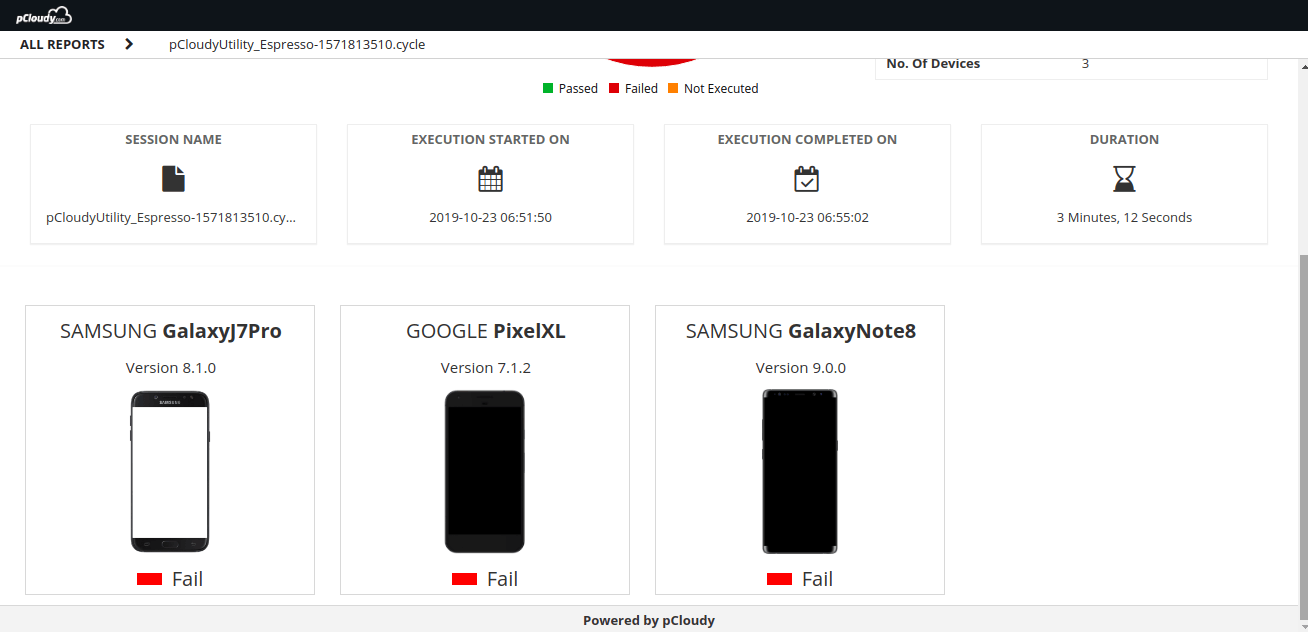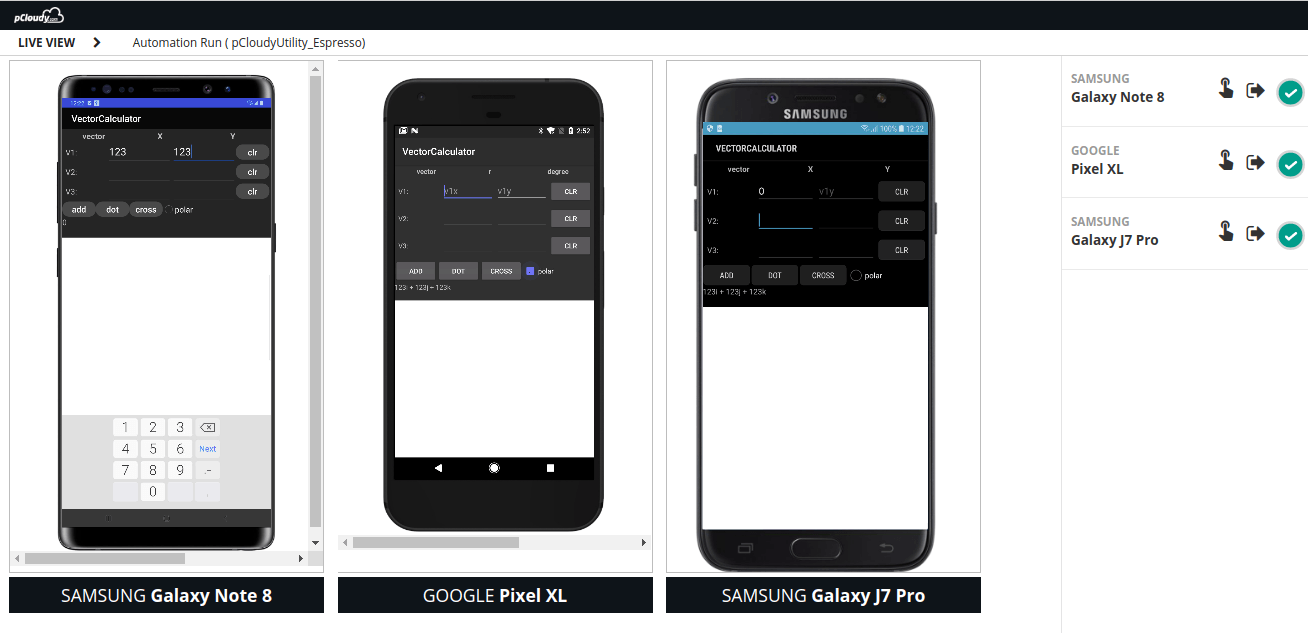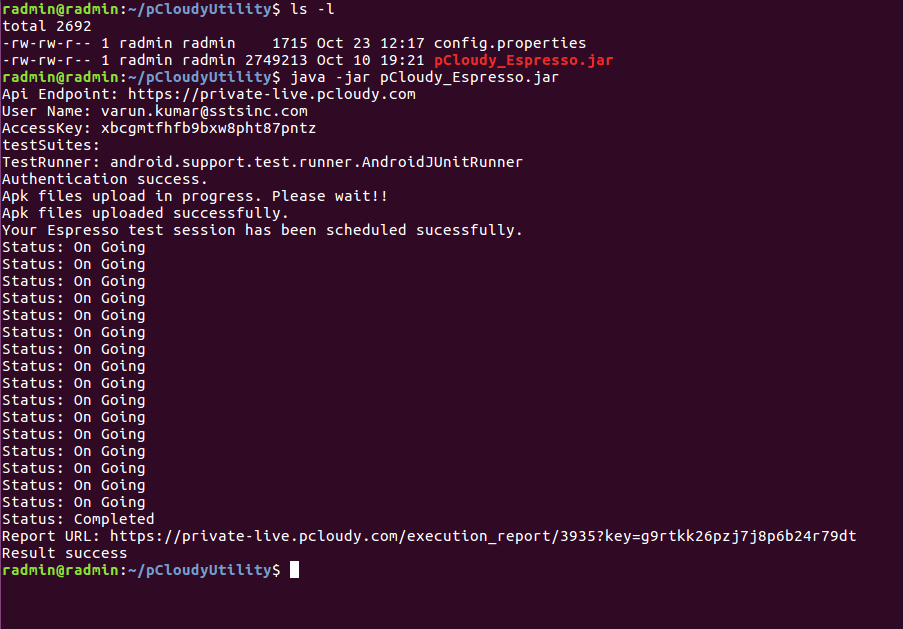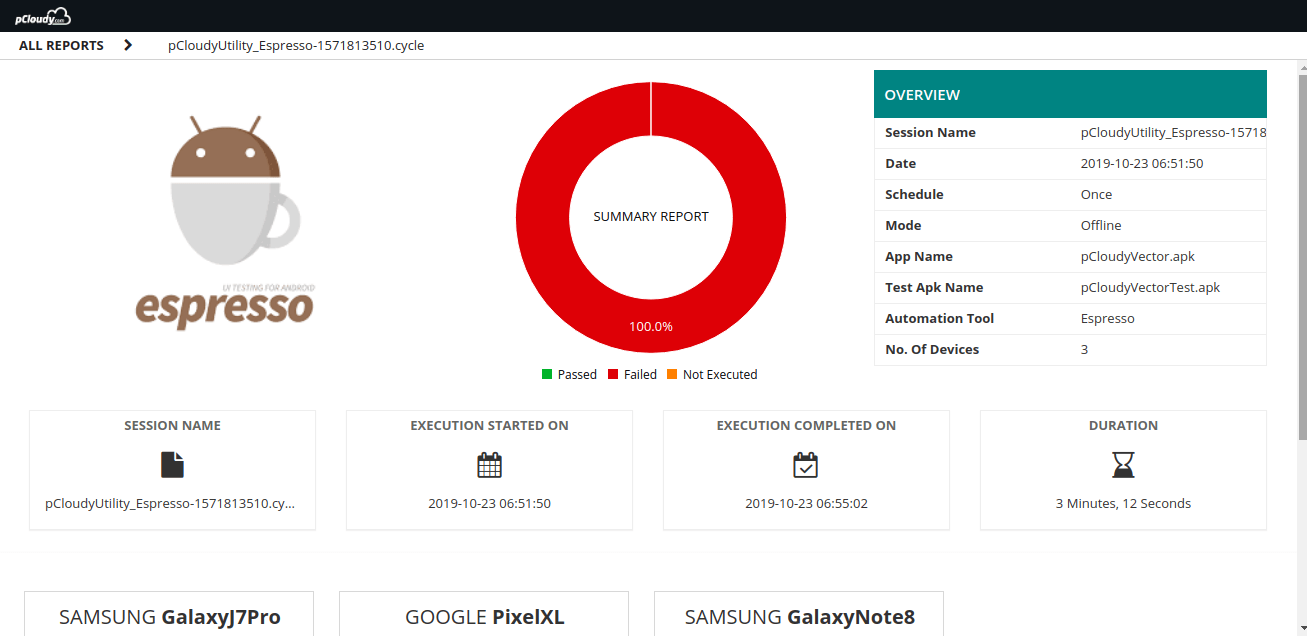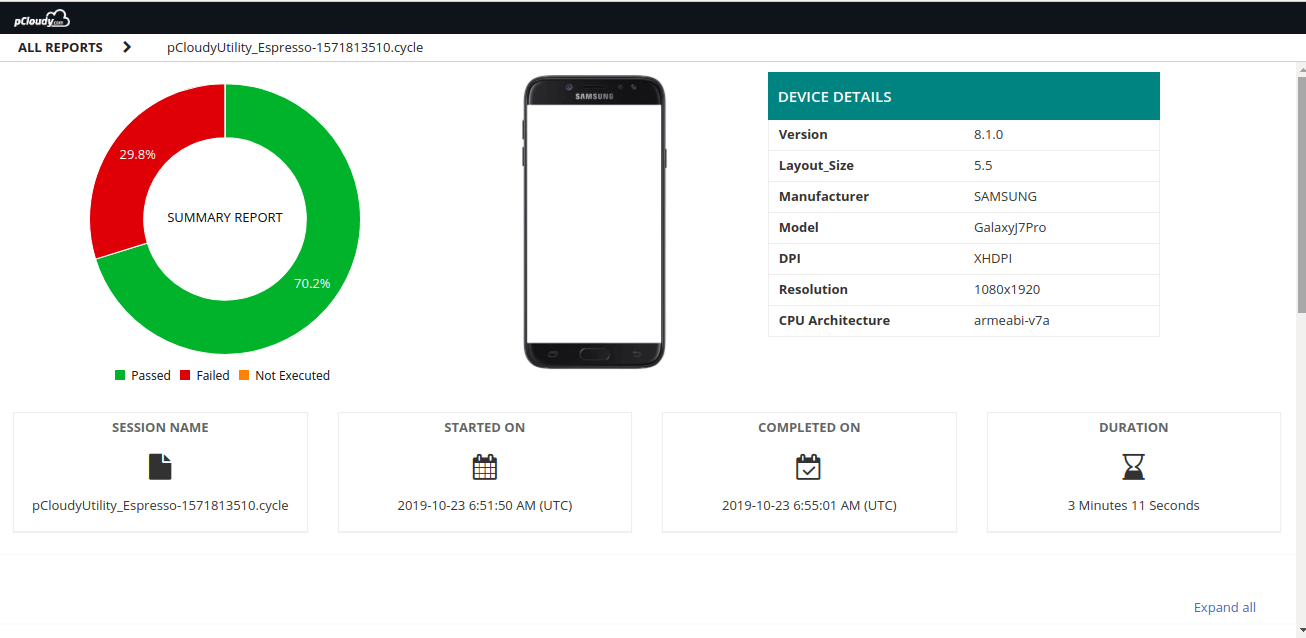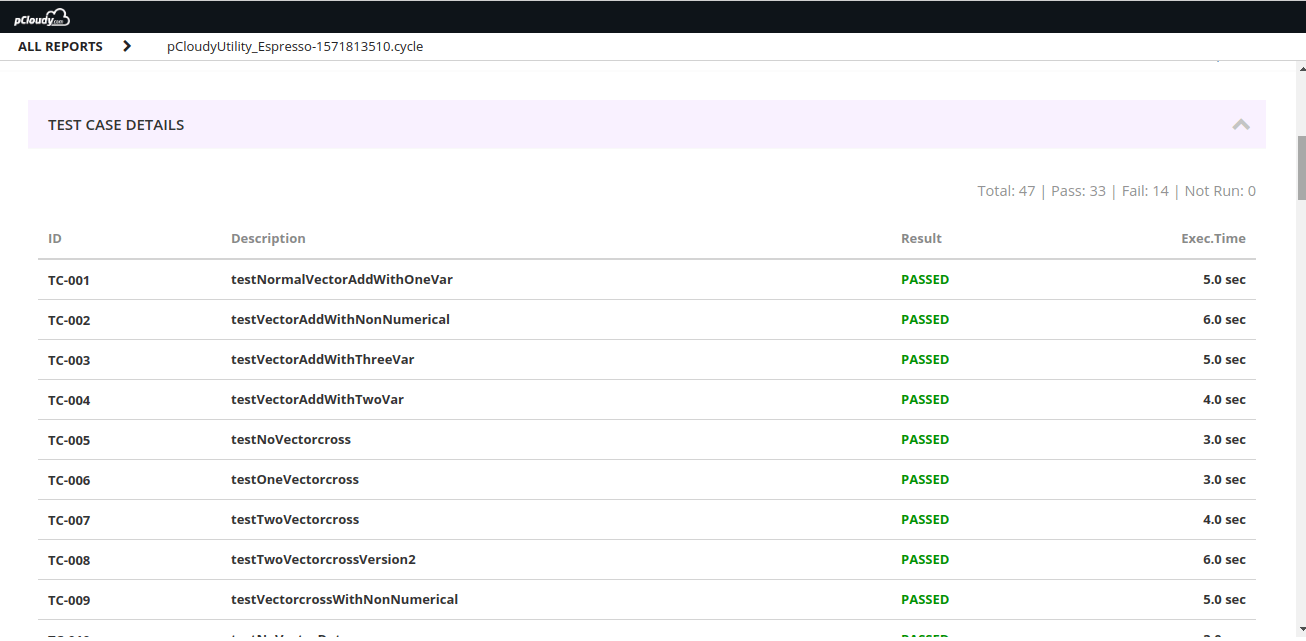Google has announced Android 11 roll out for select Pixel phones, as well as flagship smartphone models from Xiaomi, Oppo, OnePlus, and Realme. The manufacturers are releasing final beta ROMs based on Android 11 for their individual UIs. Google informed that the update brings changes to improve multitasking, and give users more control over their privacy with one-time app permissions. It also brings built-in screen recording to Android. The new Android 11 comes with many changes but the developers and QA needs to make sure that their app is compatible with the new Android version.
The most effective way to test the compatibility of apps with the latest Android is by testing them on pCloudy devices that have been updated to Android 11. Currently we have Google Pixel devices that are updated to the latest Android version. The new Android OS comes with changes in conversation notification, chat bubbles, media controls, smart device controls, etc. Let’s dive deeper into the updates to understand them better.

Screen recorder
There are plenty of apps on the Google Play Store that will record your phone’s screen. Android 11 might seem a bit late to the party, but it’s still exciting as there is one less app you’ll need to download. The screen recorder function lives in the Quick Settings tiles. You tap the Screen Record feature which gives you a few options before you start recording. For example, you can choose whether or not your screen-taps should also be recorded and whether the phone should capture audio, too. The whole thing is very simplistic, but it gets the job done.
Chat bubbles
Chat bubbles were planned for Android 10 but they faded into the background when the stable version of the OS launched. Now chat bubbles are here in Android 11 and taking centre stage. If you’ve ever used Facebook Messenger on Android, you already know how chat bubbles work. With Messenger, a “chat head” appears on your phone that overlays on top of pretty much every other app. A quick tap of the icon launches the chat and then you can minimize the chat back to an icon. You can remove the chat head until the next conversation starts. This is exactly how the system-wide bubble feature works, with the only major difference being that it can work for any chat app, not just Messenger or other apps that have a similar design.
Dark Theme Scheduling
Google finally introduced a native dark mode to Android 10 last year. However, it was fairly simplistic: it was either on or off. Meanwhile, Android skins from other manufacturers allow users to control when and why dark mode should be activated. With Android 11, users can now schedule the dark theme using one of two different metrics. Users can schedule a dark theme to turn on or off when the sun sets or rises. Users can also set up a custom schedule for dark mode activation if you wish.
Wireless Android Auto
Till now your phone had to be plugged in to use Android Auto. But in Android 11, every smartphone running the OS can take advantage of wireless Android Auto connections. The only limitation will be that the head unit in your car will need to support the feature. Obviously, this will still be a hefty limitation for folks who own cars that are a few years old, but it will start the transition towards every Android Auto experience eventually being totally wireless.
Share sheet
There is no doubt that Android’s sharing system was a mess. Thankfully, it is about to get more useful with Android 11. You can now pin apps to your share sheet in order to easily access them whenever you want to share something. This feature allows users to control which apps appear at the top of the list when you want to share something. Android’s current system of presenting apps in an order that it determines is confusing.
Improved voice access
By turning on voice access, you can simply tell your Android phone what to do using the power of Google Assistant. With Android 10, though, certain functions required you to voice-activate numbered on-screen elements. For example, you would say “Tap 4” while using the Twitter app to compose a new tweet (every link on the page would have a small number next to it). Now, though, you could say, “Open Twitter, compose tweet,” making your interactions with the phone much more fluid and natural. While this will only be helpful for a minority of users, it shows how Google is taking accessibility within Android very seriously.
Conclusion
To wrap it up, there are many minor changes in the new Android OS and many apps might get affected from the updates. This is why it is required to test the apps on the devices loaded with Android 11. This will ensure that the app works fine on different devices and also on different OS versions. So instead of buying the flagship devices on which the latest Android is available, you can just login to the pCloudy platform and test your app on real devices. It’s much more efficient as there is no issue of sharing the devices with other team members and you can perform manual and automated tests from anywhere, anytime.






